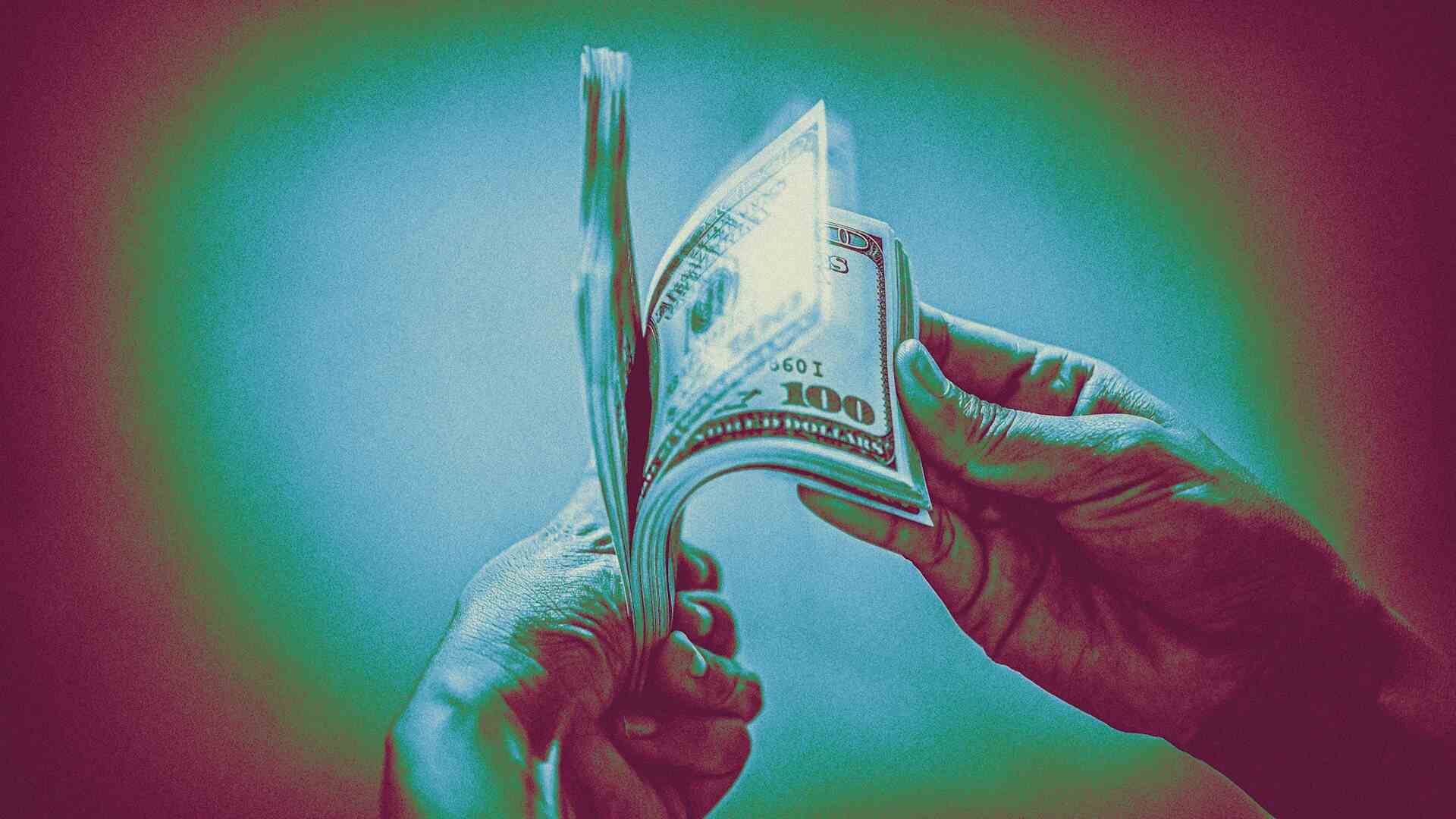- | 8:00 am
Is Spotify’s co-CEO model a blessing or a curse?
The company will be led by two CEOs, it announced yesterday—an arrangement that can be a ‘delicate balance.’

On Tuesday, Spotify founder and CEO Daniel Ek announced he will step down from his leadership role after nearly two decades. Ek will serve as the company’s executive chairman, and two former co-presidents—Gustav Söderström and Alex Norström—will share the role as co-CEOs.
“Over the last few years, I’ve turned over a large part of the day-to-day management and strategic direction of Spotify to Alex and Gustav—who have shaped the company from our earliest days and are now more than ready to guide our next phase,” Ek said in a news release.
Ek continued: “This change simply matches titles to how we already operate. In my role as Executive Chairman, I will focus on the long arc of the company and keep the Board and our co-CEOs deeply connected through my engagement.”
Sharing the top position at a major company is still a relatively uncommon practice. But more corporations are testing the arrangement.
This week, Comcast announced that a second CEO, Mike Cavanagh, will be stepping in come January to share the role with Brian Roberts. Oracle recently made a similar announcement. (This is despite the fact that back in 2020, Oracle had actually pivoted away from a co-CEO model. Salesforce and SAP similarly have ditched co-CEO setups.) Meanwhile, Netflix has been led by two CEOs for more than five years, the current partnership being Ted Sarandos and Greg Peters.
Deciding who becomes the CEO is an incredibly involved, high-stakes process. And nowadays, more seems to be riding on CEOs than ever: Shareholders and customers alike expect more from them, their brand is the organization’s brand, and their decisions can make or break a company.
So, do things get muddled when there are two people splitting authority and responsibilities at the highest, most visible level?
Why firms do it
The co-CEO trend hasn’t been studied extensively. But a 2022 Harvard Business Review report found that from 1996 to 2020, out of 2,200 companies listed in the S&P Global 1200 and the Russell 1000, fewer than 100 had dual leaders.
Some say the arrangement is a surefire way to stay focused on the company’s mission rather than on personal accolades. Chip Kaye, a former co-CEO of Warburg Pincus, told HBR that it forces leaders to “keep their egos in check.”
Likewise, the research pointed to some promising findings, like a greater annual shareholder return. Companies led by joint CEOs generated 9.5% compared with 6.9% for solo-led companies. In fact, around 60% of the joint-CEO-led companies outperformed the ones with solo leaders.
But some co-leaders argue it’s a positive arrangement. Netflix’s Sarandos told Fast Company’s Amy Wallace last September: “Having someone to talk to who is not an employee or a board member—who is your peer—is so helpful.” He also said having a partner to share authority with is a relief. “It is that lonely-at-the-top thing. The saying came from somewhere.”
Still, the offbeat arrangement requires careful consideration.
A delicate balance
Partnerships like these need to be executed carefully, as sole CEOs tend to remain in power longer than co-CEO partnerships do, an analysis from The Wall Street Journal found.
Don Yaeger, executive coach, author, and host of the Corporate Competitor Podcast, tells Fast Company that co-CEOs have to put their egos aside for the setup to work—and, ideally, have “opposing skill sets” in order to best serve the company.
“You need two people who do not feel ‘less than’ when someone else is the focal point of interviews or stage time,” Yaeger explains. “The second that one starts resenting the other, the wall comes crumbling down.”
Likewise, Yaeger says that companies need to have a “clear delineation” of the responsibilities of each CEO. He cites the Netflix example as one company that is paving the way for how to put that into practice. “Sarandos is outward-facing with marketing, while Greg Peters is more inwardly focused on product and operations.”
Still, Yaeger presses that the relationship is a “delicate balance” that requires trust between co-CEOs.
“If companies aren’t careful, the dual CEO arrangement can become somewhat like parenting,” Yaeger says. “When your child doesn’t like your answer, they immediately go looking for the other parent. That’s messy at home—and really messy at a Fortune 500.”
In some cases, that messiness shows itself in public ways.
Chipotle, which had co-CEOs from 2009 through 2016, returned to the more mainstream arrangement after a number of food safety incidents plagued the chain and foot traffic failed to recover. Steve Ells, who stepped into the role—solely—told AP News at the time that it was vital for the brand to have “one CEO, one voice, and a very focused approach.”
Of course, quite simply, there’s no denying that two heads are often better than one.
Yaeger says that’s especially true as companies grow and become “more complex.” The job becomes too big for just one leader, who may not have all of the knowledge and skills to make the company thrive.
But, if co-CEOs are able to put their egos aside, communicate effectively, and “respect the space of each other,” Yaeger says, the company—and the CEOs themselves—might be able to reap the rewards.






































